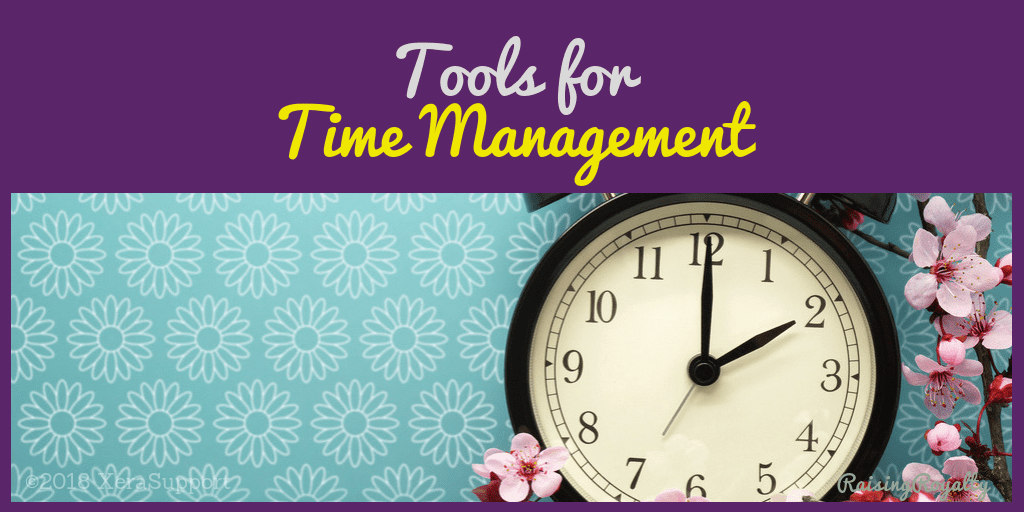

Routines are the secret weapon of every busy but happy mom. When you don’t have time to breathe, you need a bunch of good routines to put your life on autopilot. We know the power of routines, and we can clearly see why we need them. But how do you create and organize your routines to get the best effect?
Having a good routine is incredibly powerful.
A good routine can remove daily decision-making, which relieves stress and frees up your mind for problem solving and tracking all the other things you have to do. And that in turn gives you more energy. Because decision-fatigue is a real thing and something that all of us moms get on the regular. We hardly even notice it, until it’s gone!
Good routines improve efficiency. There’s no time lost trying to figure out what to do next or remember what you were doing. When it’s an ingrained habit, you can relax into the routine and just progress through it one step at a time. And when you do it the same way every time, everything you need will be right where you need it.
Good routines create that predictability and stability we crave. If the same thing happens every time, you know what to expect, and you can feel more in control. And that stability builds security, which also helps relieve stress and strain.
Routines are a smart mom’s best tool for getting more done with less.
Here’s the ABCs of building a good routine: Anchor, Build, Create. You need to anchor your routine, build the flow and then create the habit. Once you master those three things, organizing your routines — no matter what changes in your life — becomes incredibly easy.
Anchor it to start.
A good routine needs to start or end with a timed event. Think: meals, bedtime/wake up time, needing-to-leave times.
While having a strict schedule doesn’t work for most families, usually we have a close range of times for these kinds of events. For example, lunch is usually between noon and 1 pm, and dinner time might be around 5:30 or 6 pm, with a 15-20 minute leeway on either side.
So because these events tend to take place around the same time every day, we can use them to start or end our routines, creating an “anchor” point for them in your day.
Take bedtime, for instance. If you want your kids to be in bed by, say, 8 pm every night, give or take 10 minutes, then 8 pm is your first “anchor” point. If you need to leave to get to soccer practice at 4 pm every Wednesday, then maybe your anchor point is 3:45 pm, when you need to leave the house to be on time.
Your first anchor point may be the start or the end of your routine. If it’s the end of your routine, work backwards as you build the flow to figure out when you start. If it’s the start of your routine, the end of it will naturally flow, and then you can figure out the next step in your day.
Both the start and end of your routines are your anchor points. And once you’ve figured out your anchor points, it’s time to build the routine flow itself.
Build the flow.
The flow of each routine will obviously depend on its anchor. What is the routine building to or off of? The steps and connections need to make logical sense for your routine, or the habits will be difficult, if not impossible to create.
So first, you need to list all the steps or tasks that you want to have happen during this routine. If it’s a kids’ bedtime routine, maybe that includes a bedtime story, brushing teeth, getting pajamas on and getting tucked in at night. Or maybe it’s an after-dinner routine that needs to have clean up & chores, but you also want some family-bonding activities in it.
To build better flow, make sure you get really specific about what tasks you want to have in your routine. Don’t worry about the order at first, but do get detailed. A getting-ready-to-go-out routine will have shoes & keys, obviously, but maybe you want to include filling water bottles, grabbing a snack-to-go, and having the kids use the bathroom before you leave on your list.
Once you have all your steps listed, organize them so they flow together. For example, should your child be getting jammies on before or after they brush their teeth? When does that story happen — first? or last? Do they need to be tucked in before the story or after?
There is no one-right-way for a routine. It just has to make sense for your family. The more flow-y it feels, the easier it will to create those habits to make it automatic.
Create the Habit.
The reason routines are so powerful is because they help busy smart moms put a lot of their life on autopilot. When C follows B follows A, you don’t have to think about the next task — or at least not as hard. And that reduces unpredictability, decision fatigue, and stress that you’re forgetting something.
But the key to routines is making them automatic with habits. You have to learn the routines — and teach them to all involved — so that they become as natural to them as walking or getting dressed.
Kids are really good at learning routines, so tap into those little reminders and let them help you stay on track.
An easy way to create these habits is to use a checklist for the first little bit. Maybe it’s a piece of paper with all the steps in order, or it’s a laminated card, or a whiteboard. Whatever you use, as long as you do the same things in the same order every time, you’ll create the habit.
And creating those habits lets you turn your day-to-day tasks into supercharged routines that transform your daily life.
Organize Routines not Set-in-Stone Schedules.
There’s an inherent flexibility in routines. Because you can change them at any time!
Say your kids have grown, so bedtime needs to go from 8 pm to 9 pm. So the anchor of your bedtime routine changes. Rework your bedtime routine, take out the tasks that are no longer needed (like a nightly bath or stuffie-search), add in new ones (like lotions, setting up white noise, “monster spray”?), and adjust everything to a new flow. And pretty soon, your new routine will work like clockwork.
You can use this same process to organize routines for everything, and adjust them as you need to. And you’ll need to adjust routines fairly often: as kids grow, as activities change from one season to the next, and with major life changes like starting a new job or moving house.
The more routines you can create, the less time they take.
This is the best thing about routines. When used correctly, routines turn chores that take forever into tasks that are done in no time. Your productivity will soar, and you’ll find you have a lot more free time!
Why does that work? Because doing the same thing in the same order every time is called “practice”, and the more you practice, the better at the task you get. And the better you get at your task, the easier it is to do — meaning you can do it faster.
So if you have a series of tasks that need to happen frequently and regularly, put a routine on them. You can organize routines into a flow and create that habit, so you can reap the rewards.




